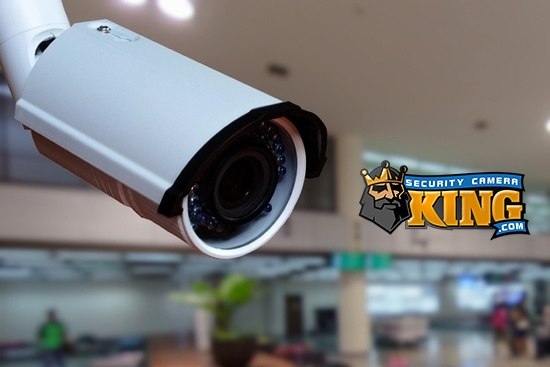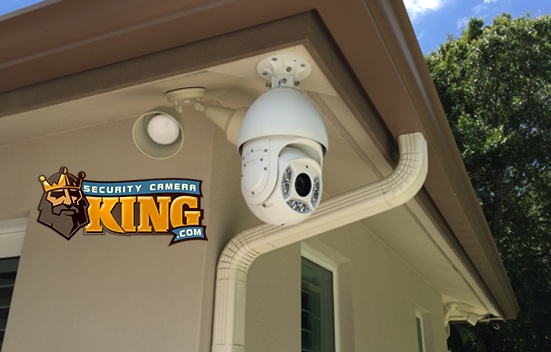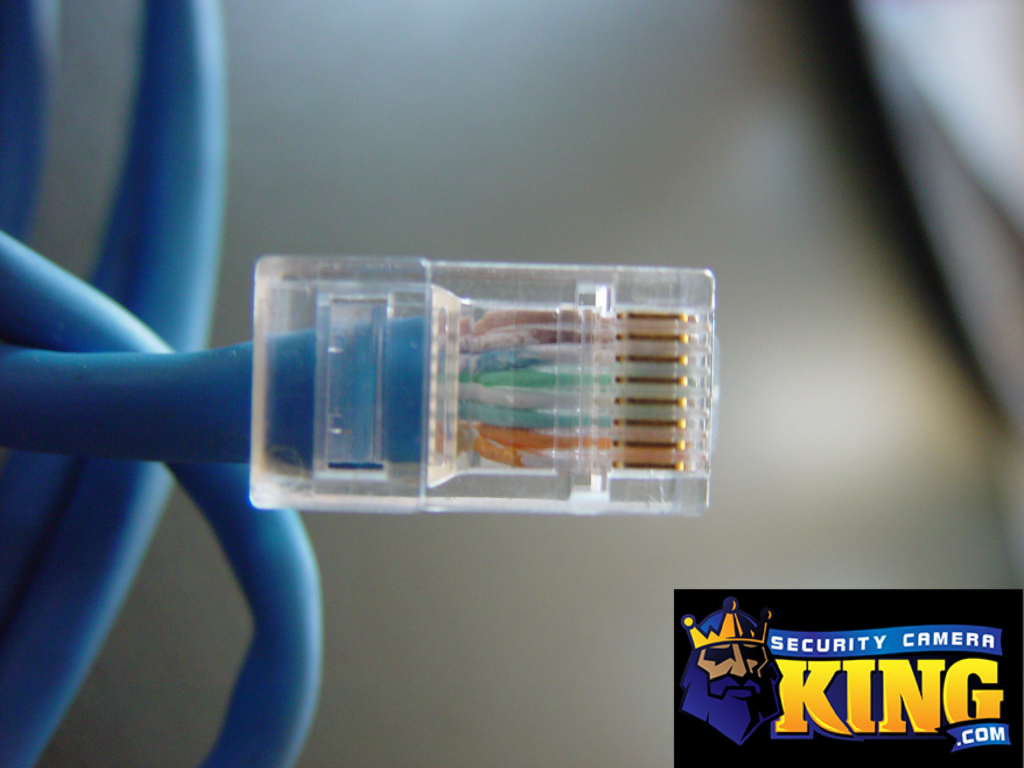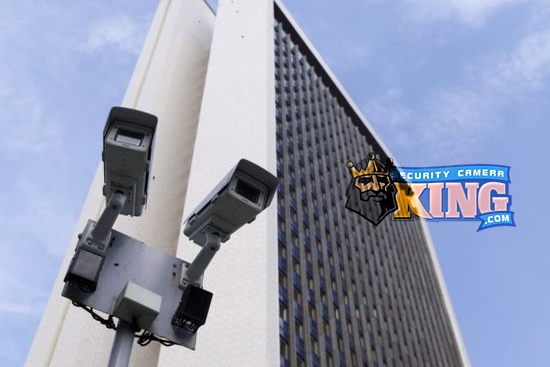Having an understanding of what IP surveillance systems are and how they work can help you make the right choice for your circumstances. These surveillance systems can provide consumers with innovative functions and enhance the security of their property.
IP-based video surveillance is not held back by the limitations of older video surveillance systems based on analog technology. The ever advancing nature of the surveillance industry means that understanding this new technology has been difficult even within expert circles.
Although the specifics of how network IP video surveillance is defined can be open to interpretation, there is important information consumers should consider. This information will make it easier to determine whether network IP security cameras are the right choice for you.
The following article will highlight the basics of how IP-based video surveillance works, how they differ from analog systems, and the advantages of adopting an IP surveillance system. First, let’s examine how far modern video surveillance has come and how network IP security cameras fit.
From Analog To Digital Video Surveillance
Early video surveillance technology known as analog was based on a closed-circuit television system (CCTV). Everything in the system had to be physically wired in and would record video feeds on videotapes, all on-site.
These systems came with a number of disadvantages including low-scalability (how easy it is to add more cameras), poor resolution, and could not broadcast live video feeds. At this point, remote monitoring (viewing a video feed away from the location) was impossible.
In the last two decades, video surveillance technology made incredible leaps and bounds. Over the course of this time, digital cameras became far more affordable for general consumers. Furthermore, the replacement of analog tubes with charged coupled devices (CCD) made the technology highly accessible like never before.
Consumers were now able to view high-resolution video feeds live over the internet. This opened a new world of possibilities with innovative tracking features and advanced analytics software.
How IP Surveillance Systems Work
In an IP surveillance system, a digital camera captures video images and then converts them into digital information that is sent through a local area network (LAN). The information transmitted through the LAN is sent to a computer or server where the information is consolidated.
Software in the computer or server manages the digital video feeds and allows users to view, record, or send it. The software used can vary and consumers can upgrade it to allow for useful features and functions such as analyzing the details in an image.
IP surveillance systems utilize network security cameras that send video feeds as packets over the previously mentioned LAN. This is generally done through what is known as a CAT5 cable as opposed to a coaxial cable.
This method uses much more bandwidth than typical TCP/IP communication. Data retrieval and what is known as intelligent data mining (sifting through the digital information) is much more effective using this method. Consumers can use this technology to implement encryption features that prevent image tampering.
Differences Between Analog And IP Security Cameras
An easy way to understand how IP surveillance systems work is to compare them to older analog surveillance systems. Although the similarity with VCR makes CCTV/DVR video surveillance easier to use, it has multiple limitations.
The most apparent limitation is the low video quality characteristic of these systems. Tracking and searching are extremely challenging in an analog video surveillance system. As previously mentioned, adding new security cameras must be done in what is referred to as blocks of sixteen channels.
The storage tapes used in older analog systems are prone to deteriorating over time and makes storage difficult. These older systems may be much more affordable but their limitations make them seriously ineffective.
Network IP video surveillance systems solve virtually all the problems of analog systems of the past. IP surveillance cameras are much easier to add to an existing system as is needed by the consumer. This can be done without the need for physically adding new cameras with cumbersome cables.
Video feeds recorded using an IP-based surveillance system are easily transmitted to anywhere allowing users to monitor multiple video feeds from an off-site location. Transmitting these video images does not deteriorate the high image quality. This image quality far surpasses that of analog surveillance systems.
The method of compressing standard IP video information has been standardized to allow for universal use. IP surveillance systems use adjustable framerates and all the digital video feeds are easily stored and can be encrypted if the consumer requires additional security.
There are many more advantages consumers can expect from IP video surveillance that far exceeds those of old generation analog surveillance systems. Below are some of these advantages.
Benefits Of Network IP Video Surveillance
Adopting an IP surveillance system is an investment that uses cutting edge technology to provide peace of mind. Whether the property is commercial or residential, IP security cameras are now the best choice for consumers.
Network IP security cameras are easy to use and can connect to any network or wireless adapter. As previously mentioned, the high-resolution video feeds of these cameras allow for details to be easily spotted in real-time.
The software these cameras use also provides incredible capabilities and functions for users. The software IP surveillance systems utilize can be easily adapted and updated. Software exists that allows users to use tracking, facial recognition, license plate recognition, and more.
This makes the technology easily upgradeable, stable, and reliable, making it a highly effective security solution. Every year new developments in the surveillance industry will soon mean that analog surveillance systems will become increasingly obsolete over time.
The choice between IP based and analog surveillance systems is clear when this is taken into consideration. If you’d like more information on how to choose a security camera system or wish to speak with an expert directly, please contact our team.













